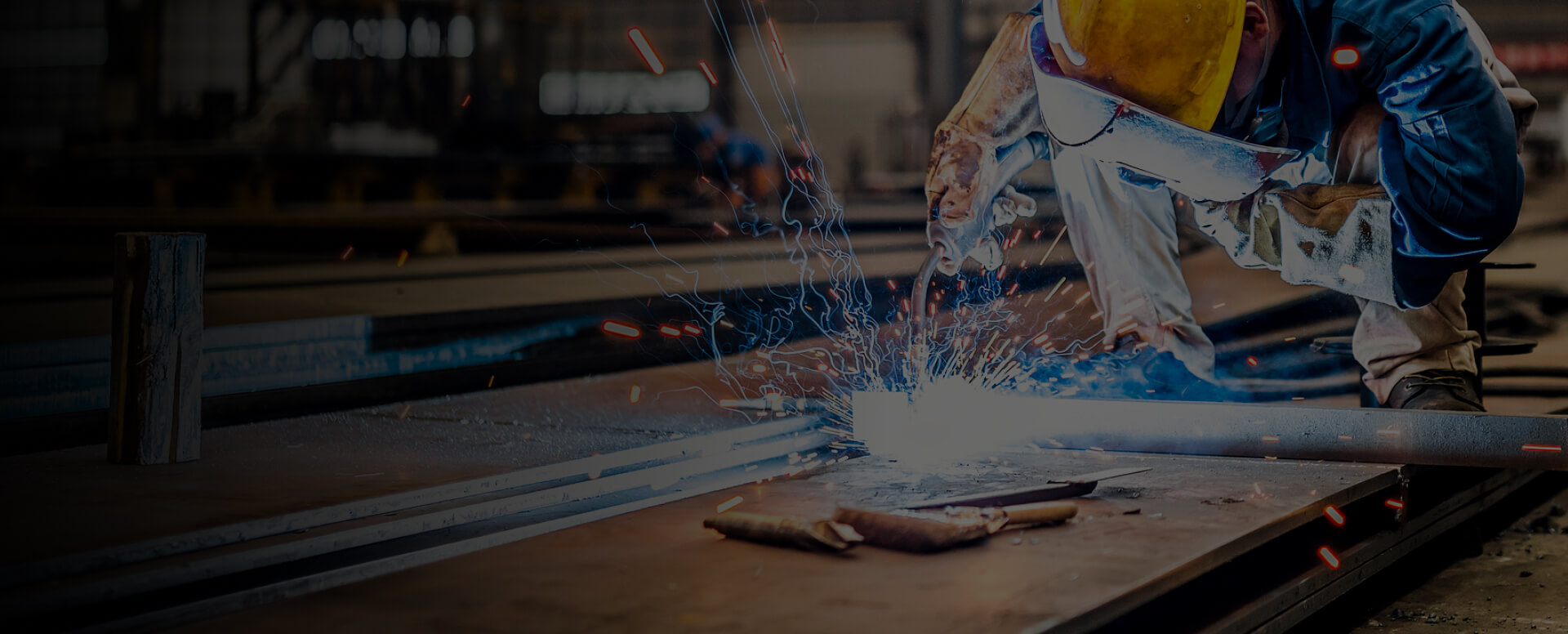
MIG welding requires external gas and is cleaner, ideal for thin materials. FCAW is versatile, self-shielded, better for thick materials and outdoor use, faster, and less sensitive to surface contaminants. Table of Contents Toggle Electrode TypeShielding GasUsability and ApplicationPerformance in Different ConditionsOverall Cost and Efficiency Electrode Type Metal inert gas welding employs a solid wire electrode continuously fed from a spool through the welding gun and into the molten weld pool. This method needs a clean environment to operate safely, as the solid wire does not automatically deal with contaminants such as rust or oil. Meanwhile, flux-cored arc welding deploys a hollow wire filled with flux. While welding, the flux core in the wire melts to create the gas shield around the weld, protecting it from contamination automatically. It distinguishes FCAW as the superior option for working in outdoor conditions and on imperfectly clean surfaces. Consequently, although two candidates show a comparably high level of effectiveness, the question of the best option has a simple answer. MIG welding is best in a small fabrication workshop, while FCAW is superior in a shipbuilding facility. Indeed, when the task consists of small, aesthetic welding in the workshop, the results may testify to the reality. Meanwhile, even though I use either 0.6mm or 1.2 mm wire in either location, the result will likely be clearer and rather visible in the workshop. Although the job conditions and the limitations should also be considered, not merely the properties of welding. A shipyard has large scale, robust constructions, and a hefty gauge of steel.
This venue’s odd shapes and heavy conditions are better accommodated with FCAW, which can handle the heavier gauges of steel. Simultaneously, the electrodes for this welding method come in sizes from tiny 0.8mm to 1.2 mm to oversized 1.6 mm. This option depends on both the penetration force needed and the thickness of the object being welded. Meanwhile, MIG welding is best in the workshop. The wire diameters for the method may vary significantly from 0.6 mm for thin sheets of metal up to 1.2mm for thicker sections of steel. The factors also have consequences for the appearance and cleanness of welds. The cost considerations lead to a similar result.
FCAW costs more by the kilogram for the material in the conditions mentioned above, costing around $3.50 per kilogram. Meanwhile, MIG welding’s standard solid wire costs $2.50 per kilogram on average. Many workers can experience greater expenses if they have to buy cleaning or solution to remove contaminants from the surface to properly MIG weld. Shielding Gas Metal Inert Gas (MIG) welding is totally dependent on external shielding gases such as argon, carbon dioxide, or a mixture of the two to protect the welding arc and pool from the surrounding atmosphere. Shielding gas supplies an arc appropriate for MIG welding, which makes it unfavorable in environments prone to winds as this may disrupt the flow and balance of the outer gases. Seventy-five percent argon and twenty-five percent carbon dioxide is the common gas mixture to use, which is relatively balanced for MIG welding. MIG TIG The mixture provides a good balance between proper arc stability and reduced spatter. On the other hand, Flux-Cored Arc Welding uses a wire that has sufficient flux in its core, and when burned, it generates a shielding gas designed to protect the weld area. Since the welding operation is already a part of its function, FCAW becomes more efficient and flexible than MIG welding. In the context of construction, a self-shielded FCAW could benefit a construction team with a project such as an outdoor framework for a new building. In this case, the team could experience occasional shifts in the direction and the speed of the wind. In comparison to the external gases, MIG welding would especially face risks of weld defects in such an arrangement. The welding arc and pool of MIG ought to be shielded by a constantly and endlessly flowing typical gas mixture; yet since the wind would shift with time, gas flow also would be disrupted with time.

